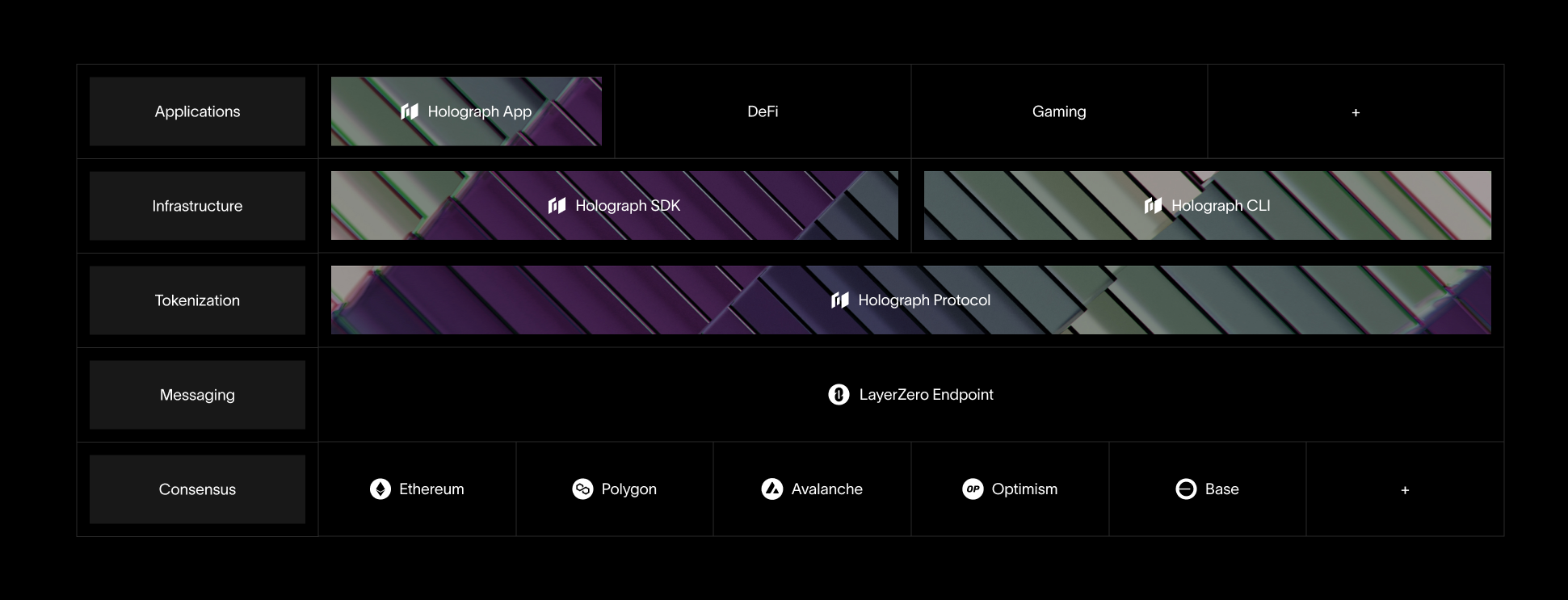Holograph offering a robust protocol that allows for the creation of omnichain tokens.
Seamless Token Operations Across Blockchains
The core functionality of Holograph involves a unique process where tokens are first burned on their original blockchain. A message is then transmitted to the target blockchain through a specialized messaging protocol, culminating in the reminting of the tokens at an identical contract address. This innovative method not only maintains consistent liquidity but also ensures zero slippage and full fungibility of tokens across different blockchains.
Addressing Blockchain Fragmentation with Holograph
In the current landscape, blockchain networks often operate in isolation, which can lead to increased fragmentation as more platforms emerge. This separation can impede the growth of network effects and degrade the overall user experience. Holograph addresses these challenges by facilitating seamless interactions with tokens across multiple chains, enhancing interoperability, consolidating liquidity, and elevating the cross-chain user experience.
Key Features of Tokens Minted via Holograph
- Fungibility Preservation: Holograph maintains a consistent contract address for tokens across all blockchains, simplifying the indexing of cross-chain data for asset issuers.
- Liquidity Unification: The protocol’s burn-and-mint mechanism ensures a unified token supply across various chains, allowing for fluid cross-chain token movements without compromising liquidity.
- Sovereignty Retention: Tokens created with Holograph are not confined to any single blockchain, providing issuers with the flexibility to decide the deployment and minting locations.
- Standards Support: Holograph supports tokens of ERC20, ERC721, ERC1155, etc. standards.
- Security: The connection is established with user contracts through special event hooks. The storage/data layer is isolated and does not have direct access to user contracts.
- HolographRoyalties is an onchain royalty contract for non-fungible tokens. It supports a universal module that understands and voices all the different royalty standards on the blockchain. HolographRoyalties is built in such a way that it can be extended and new royalty standards can be introduced as they are created and agreed upon.
Universal Token Frameworks (UTAs)
UTAs are essentially a set of guidelines that dictate the minting, sending, and receiving of tokens across different blockchains. These frameworks are designed to be multi-chain compatible, allow issuers to maintain control over their contracts, offer adjustable security features, ensure a consistent supply across chains, comply with established standards, and utilize a burn-and-mint strategy. Despite being known by various names such as omnichain tokens, interchain tokens, and multichain tokens, all UTAs aim to tackle the same underlying issue. Holograph specifically refers to its protocol as omnichain while labeling the contracts and tokens it produces as holographic, defining them as either fungible or non-fungible tokens that naturally exist across multiple blockchains.
Diverse Applications of Holograph
Holograph’s versatile platform is capable of representing a wide array of token types, enabling the creation of diverse programmable assets:
- Memecoins: These are tokens that capture the essence of internet culture through unique names, logos, and branding, often serving as both a satirical and humorous tribute.
- Real World Assets (RWA): Financial institutions leverage Holograph to tokenize and manage onchain assets like stablecoins, treasury bills, and real estate.
- Gaming Items: Game developers utilize Holograph to create onchain versions of currency, cosmetics, consumables, weapons, and armor, enhancing the gaming experience.
- Digital Art: Artists and creators use Holograph to tokenize various forms of digital art, including paintings, drawings, illustrations, photography, and motion graphics, facilitating ownership and trade on the blockchain.







